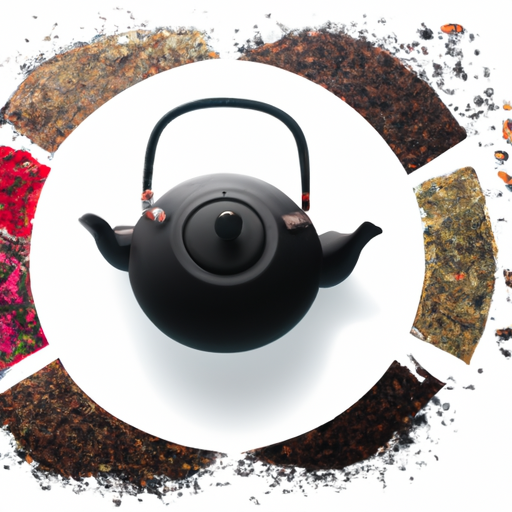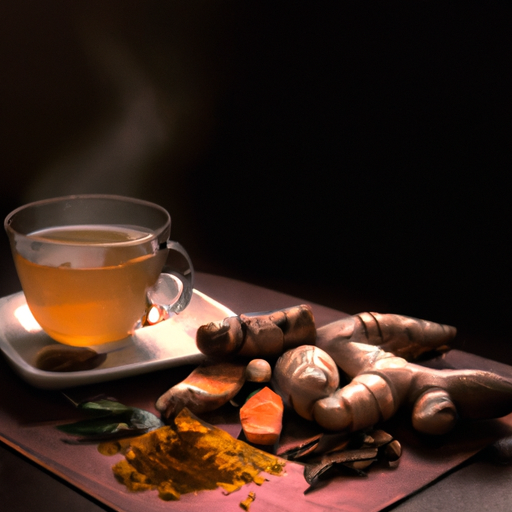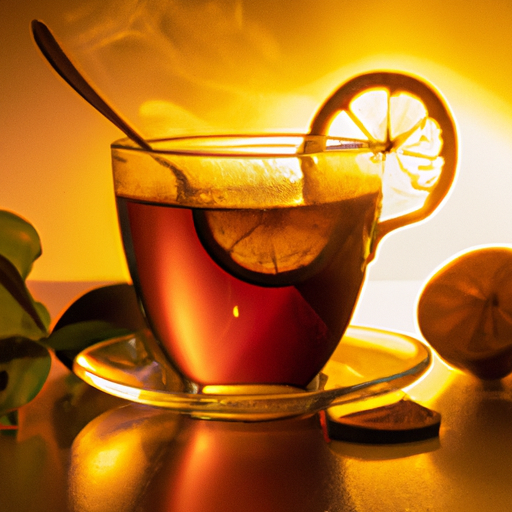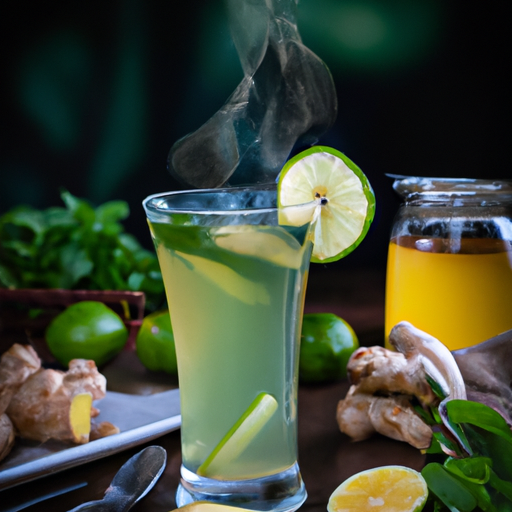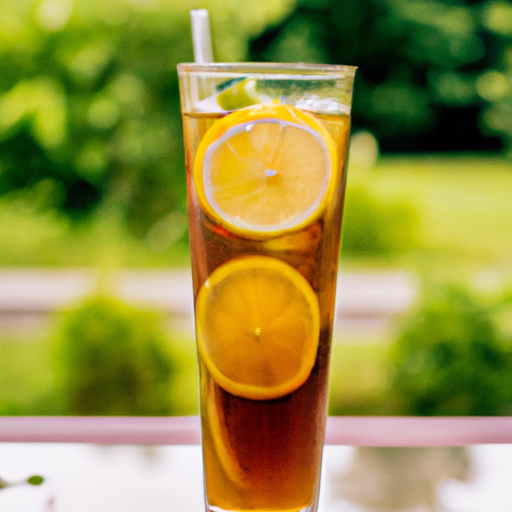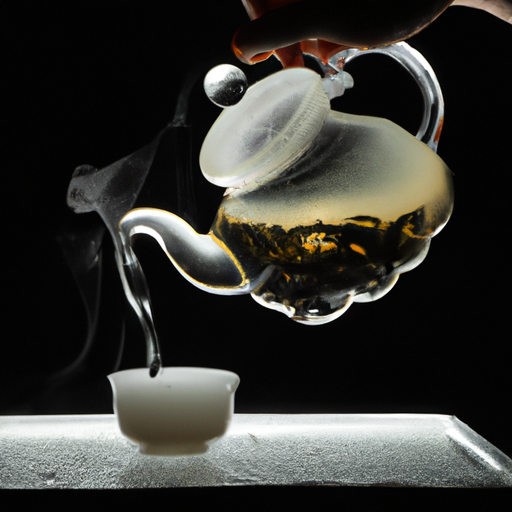Welcome to the wonderful world of black tea! Prepare to embark on a journey that will tantalize your taste buds and awaken your senses.
In this article, we will delve into the diverse varieties, origins, and blends of this beloved beverage.
Black tea, the reigning ruler of the tea kingdom, boasts a bold and beautiful flavor that is hard to resist. Its rich and robust taste is derived from the leaves of the Camellia sinensis plant, meticulously cultivated and expertly processed. With origins in countries like India, Sri Lanka, and China, black tea showcases a myriad of flavors and aromas that are as diverse as the regions they come from.
From the robust and full-bodied Assam tea to the muscatel-infused Darjeeling, each black tea variety has its own distinct characteristics. China offers exceptional teas like Lapsang souchong, with its unique pine wood smoke scent, and Keemun, known for its delicate fruity and light smoky notes. Sri Lankan black teas, on the other hand, boast a lighter but bolder flavor with floral undertones.
But the exploration doesn’t stop there! We will also delve into the world of black tea blends, such as the classic English Breakfast, the fragrant Earl Grey, and the exotic Masala Chai. Each blend offers its own distinctive flavor profile, making black tea a versatile and exciting beverage to explore.
So grab your favorite teacup, sit back, and join me as we dive into the enchanting world of black tea. Let’s discover the varieties, origins, and blends that make this beverage a true delight for tea enthusiasts around the globe.
Key Takeaways
- Black tea is the most consumed type of tea in the world.
- There are hundreds of thousands of black tea types in the world, categorized by country and specific production area.
- Assamica, a varietal of the Camellia sinensis plant, is commonly used for making black tea and has a stronger flavor compared to other varietals.
- Black teas can be categorized into CTC (Crush, Tear, Curl) and orthodox types, with each type having its own unique characteristics and production methods.
Types of Black Tea
I’ve learned that black tea can be categorized into different types based on its country of origin, such as Assam, Darjeeling, and Chinese black teas. Each type has its own unique flavors and characteristics.
Assam black tea, made from the assamica plant, is known for its robust and full-bodied flavor.
Darjeeling black tea, on the other hand, has a unique muscatel flavor with floral notes.
Chinese black teas offer a variety of options. Lapsang Souchong has a distinctive smoky flavor. Keemun has a delicate fruity and light smoky note. Dian Hong has a bold flavor and earthy, honey notes.
In addition to their different flavors, black teas also offer health benefits. They are rich in antioxidants and can help improve heart health, boost metabolism, and enhance mental alertness.
So, whether you prefer a strong and robust cup or a delicate and floral one, black teas from different origins have something to offer for everyone’s taste and health needs.
Origins and Production
China produces some of the finest black teas in the world, known for their delicate fruity notes and light smoky flavor. Black tea has a long history in China, dating back thousands of years. The origins of black tea can be traced back to the Yunnan province in China, where the tea plant, Camellia sinensis, is believed to have originated.
The production of black tea involves several steps, including withering, rolling, oxidation, and drying. The leaves are first withered to remove moisture, then rolled to release the enzymes that initiate oxidation. The oxidation process is crucial in black tea production, as it gives the tea its characteristic flavor and color. After oxidation, the leaves are dried to stop the oxidation process. The production methods can vary depending on the specific type of black tea being made.
Overall, China’s black teas are known for their craftsmanship and attention to detail, resulting in teas that are complex and nuanced in flavor.
Popular Blends
One fascinating fact is that English Breakfast tea is one of the most popular blends in the world, enjoyed by millions of tea drinkers every day. This classic blend is known for its slightly malty flavor and is often enjoyed with milk and sugar.
Blends with unique flavors are also gaining popularity. Earl Grey, for example, is a blend of black teas infused with bergamot essential oil, giving it a unique citrusy flavor. Russian Caravan is another blend that stands out with its smoky taste, perfect for those who enjoy a more robust and intense flavor experience.
In addition to their delicious taste, popular black tea blends also offer various health benefits. Black tea is rich in antioxidants, which can help boost the immune system and promote heart health. It is also known to have anti-inflammatory properties and may aid in digestion.
So, while enjoying a cup of your favorite black tea blend, you can also be reaping the benefits of a healthier lifestyle.
Frequently Asked Questions
How long does it take to fully oxidize black tea?
Black tea takes several hours to fully oxidize, depending on factors like temperature, humidity, and leaf size. Optimal conditions for oxidation include a temperature of around 25-30°C and a humidity of 80-90%.
Can black tea be made from any other type of plant besides Camellia sinensis?
Black tea is primarily made from the Camellia sinensis plant. However, there are alternative sources of black tea that don’t come from Camellia sinensis, such as herbal teas made from different plants and blends that mimic the flavor of black tea.
Are there any health benefits associated with drinking black tea?
Drinking black tea has numerous health benefits, including promoting heart health. It is rich in antioxidants and flavonoids that may help reduce the risk of heart disease by improving cholesterol levels and reducing blood pressure.
What is the best way to brew black tea to bring out its full flavor?
Brewing black tea to enhance its flavor requires attention to water temperature, steeping time, and tea-to-water ratio. By following proper tea brewing techniques, the full flavor of black tea can be brought out, resulting in a rich and satisfying cup.
What is the caffeine content of black tea compared to other types of tea?
Compared to other types of tea, black tea generally has higher caffeine content. Caffeine stimulates the central nervous system, enhancing alertness and focus, but excessive consumption can lead to side effects like insomnia and increased heart rate.
Conclusion
As I sit here, sipping on a warm cup of black tea, I can’t help but be amazed by the vast world of flavors and aromas that this humble beverage offers.
From the robust and bold Assam teas of India to the delicate and fruity Keemun teas of China, there is truly something for everyone.
And let’s not forget about the popular blends like English Breakfast and Earl Grey, each with its own unique flavor profile.
The possibilities are endless, and I can’t wait to continue exploring the world of black tea, one sip at a time.

